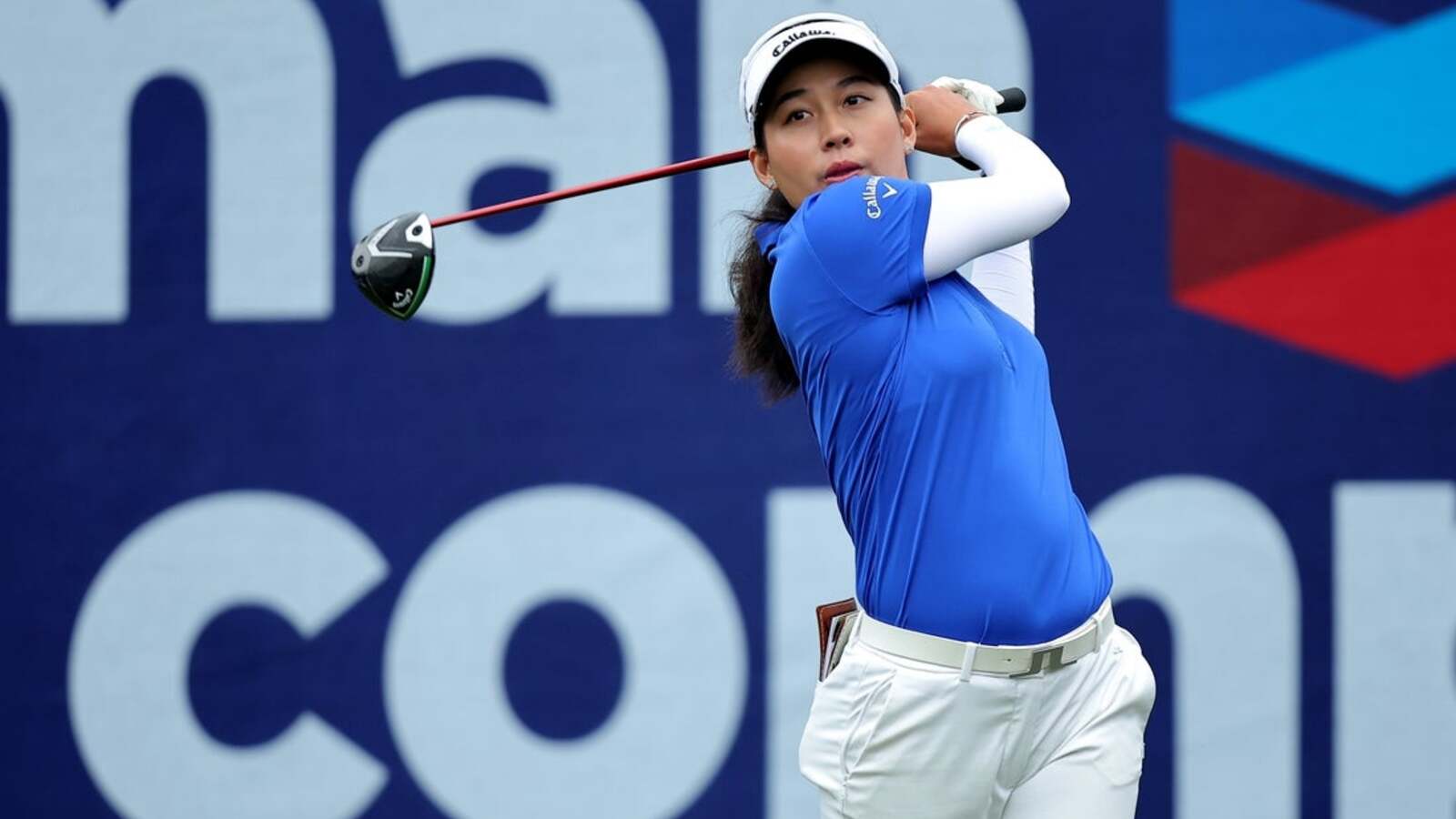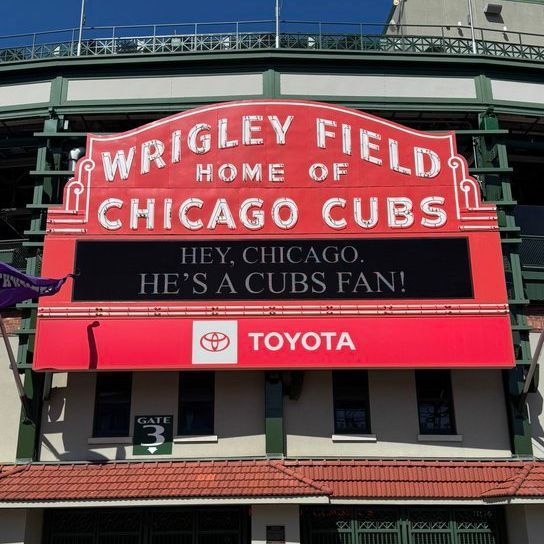Sitting in the stands of the KeyBank Center in Buffalo, Jesper Bratt was full of stress. He had put on a white button-up dress shirt and blue tie for Day 2 of the 2016 NHL Draft, expecting to go in the second or third round. But pick after pick passed, and no one called his name.
The second round slipped away. Then the third. Then the fourth.

Then the fifth. At one point, Bratt turned to his dad, Conny, and agent, Joakim Persson. Advertisement “I think they just forgot about me,” he told them.
“I think that they just forgot that I exist.” A daunting thought entered his head. Did he travel all the way from his native Sweden for nothing? What if no team thought he was worthy of getting picked at all? Finally, in the sixth round, he got good news.
A Boston Bruins scout reached out to Persson to tell him they would likely take Bratt when they picked at No. 165 overall. Persson passed word along to his client, and the forward started to process the fact that he could be headed to Boston.
But as he and Persson talked, he missed another development. His younger brother, Filip, got his attention. “Oh my God,” Filip said to him excitedly.
“You just got picked!” Bratt never heard his name. Luckily, Filip did, and he broke the news to Bratt that he was headed to New Jersey. The Devils had picked at No.
162 — three slots ahead of the Bruins, who wound up with Oskar Steen. New Jersey got the steal of the draft. Nine seasons after that summer day in Buffalo, Bratt ranks fifth in his class in points (447), eighth in goals (150) and sixth in games played (552).
He set a career high with 88 points this season, leading a Devils team that is heading to the playoffs for only the third time in the past 13 years. During the 2016 first round, some scouts at the Devils’ draft table were dejected when the Avalanche took Tyson Jost, a player they loved, at No. 10 overall, according to a team source.
New Jersey had the next pick. But thanks to Bratt’s draft-day slide, a bet on upside and a statistical model, the Devils managed to land a franchise-altering player late in the draft. Persson said many teams have reached out to him about his client since.
“It was one of our biggest mistakes,” he’s heard them say. “How could we not take him?” Bratt’s talent might be clear now, but there were reasons teams overlooked it in the lead-up to the 2016 draft. Bratt played for AIK in the second Swedish league in his draft year and had only 17 points in 48 games.
In the eyes of Paul Castron, the Devils’ director of amateur scouting, those numbers weren’t a huge reason for concern, considering Bratt was a teenager playing against men. But New Jersey also noticed he didn’t produce a ton at the under-18 world championships, during which he had only four points in seven games. Advertisement Bratt knows he didn’t have the strongest tournament.
He also remembers that, perhaps because he was coming from a professional league, the Swedish coaches trusted him in defensive situations at the tournament. That meant more time on the penalty kill and fewer opportunities on power plays. “A lot of teams kind of questioned themselves if I was good offensively to get that role that they wanted to draft me for,” he says.
Then there was his size. He is still only 5-foot-10, 175 pounds and was listed at a few pounds lighter in 2016. “Back then — we’re going on 10 years now — there was still some concern about the small players in the NHL,” Castron says.
“(Bratt is) probably a testament that that’s kind of gone away now. Pretty successful small players, and Jesper has been one of them the last number of years here.” Bratt wasn’t necessarily wrong for thinking he would go in the first few rounds.
Indications Persson got from teams were that Bratt would go in the third, and he was one of 114 players invited to the combine. The Athletic ’s Corey Pronman, then with ESPN, put him at No. 50 in his pre-draft rankings.
His speed, edgework and agility jumped out instantly, Castron says, and he was skilled with the puck. “Every time you see him play, he’s creating chances, making plays, getting opportunities,” Castron remembers. “In the back of your mind, you’re saying, ‘This kid might just break out one year (and) light it up.
’” Bratt had talked to New Jersey scouts in the lead-up to the draft, and he met the late Ray Shero, the team’s general manager at the time, before a combine interview with some of the team’s other staffers. Shero was headed to a meeting with other general managers, but he assured Bratt he’d read the report after. Other teams showed more pre-draft interest than the Devils.
The Rangers had drafted Robin Kovács, one of Bratt’s AIK teammates, the year before, so their scouts came to plenty of his games. He talked to Boston multiple times, too. Advertisement The Devils might not have had as much contact with Bratt, but they still ranked him somewhere around No.
65 in the 2016 class, Castron says. That might not compute with the team waiting until the sixth round to take him, but Castron says other players ahead of him on their board were still available at each of their picks. “If we had known he was going to do what he’s doing now, we would have taken him in the second round,” Castron says.
All players still available late in the draft have perceived warts. At that point, Castron believes scouting groups should look for a player with one or two attributes that could make them an NHL player. For some, it could be size.
Others could have elite toughness or a competitive edge. Bratt had speed and skill. He also had a proponent in Sunny Mehta, then the Devils’ director of hockey analytics, and his statistical model that ranked players before the draft.
That model’s final rankings, according to a team source, put Auston Matthews as the No. 1 player in the class, Patrik Laine at No. 2 and Bratt at No.
3. Mehta, now an assistant general manager with the Panthers, was skeptical about that high a ranking, but after New Jersey took Michael McLeod in the first round and Nathan Bastian in the second, he started pushing hard for Bratt. The upside was there, and the Devils finally took their swing in the sixth round.
The pick didn’t take long to look good. After another season with AIK in Sweden, Bratt came to North America. He went to the London Knights Ontario Hockey League training camp, then attended the Devils’ training camp.
Before he left London, he packed his winter clothes in a suitcase that he left behind. That way, on the off chance he made the Devils’ roster, they would be easy to mail to New Jersey. That proved to be a smart decision.
Bratt showed enough that Shero and then-coach John Hynes made him, at the time, the lowest-drafted teenager to play in the NHL since 1995-96. He never went back to London. Nowadays, Bratt is a known entity.
He’s made an All-Star Game, and he signed an eight-year, $63 million contract in 2023. Still only 26, he’s part of the Devils’ long-term core. “Everybody in the league that pays attention would see the talent,” Devils coach Sheldon Keefe said ahead of Game 1 against Carolina.
“It’s obvious.” Advertisement But before it was obvious, Bratt was an anxious 17-year-old going through a draft day slide. The stands were mostly empty when New Jersey picked him.
After celebrating with his parents, brother and agent, he walked onto the draft floor, where a Devils’ staffer handed him a jersey and hat. “It was a team that believed in you,” Bratt says now.”You’ve been walking around a whole year, two years, your whole childhood almost, waiting for the day you get drafted, and then it finally happened.
There was some relief, but there was still some hunger for me.” He hasn’t forgotten how long it took for a club to call his name, and he hasn’t forgotten all the teams that didn’t pick him. He’s still rewarding the one that did.
(Photo: Elsa / Getty Images).
Sports

A model, upside and a draft-day slide: How the Devils landed Jesper Bratt before he was a star

Bratt — the No. 162 pick in 2016 — has rewarded the team that took a chance on drafting him. And he'll continue that in the playoffs.















